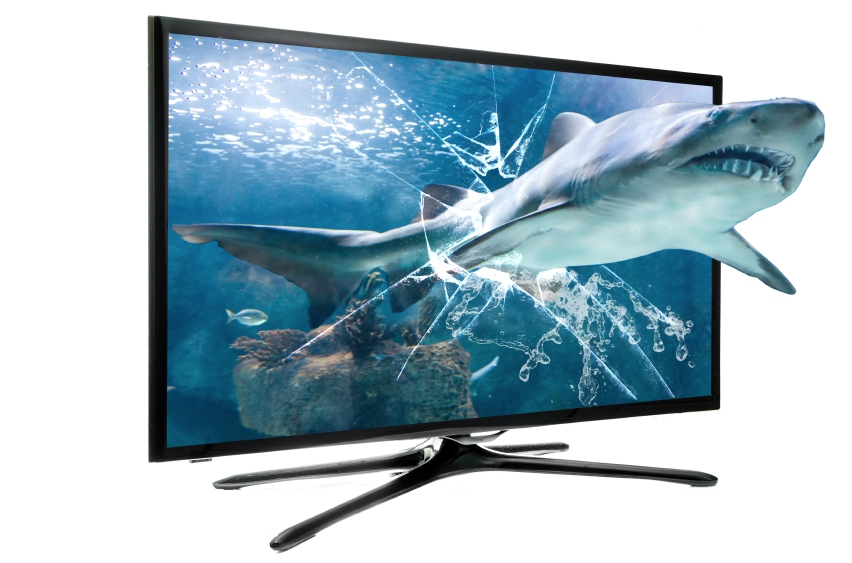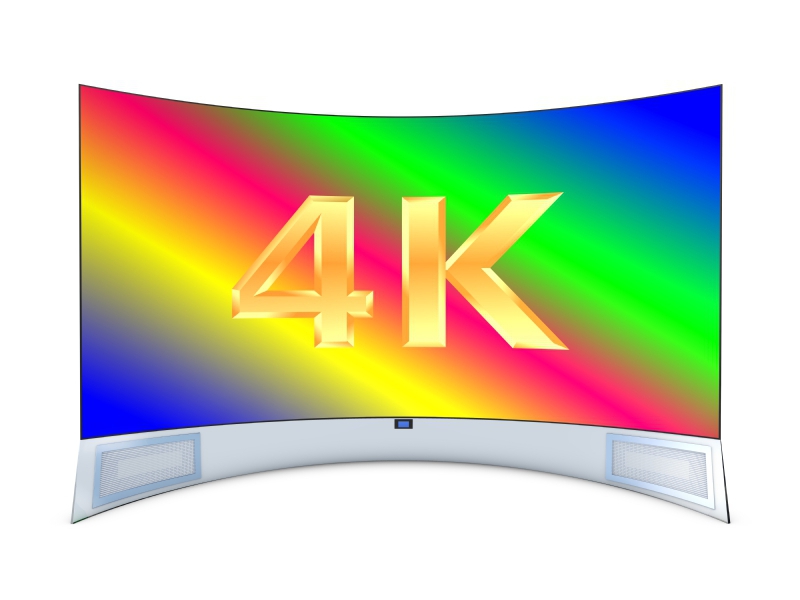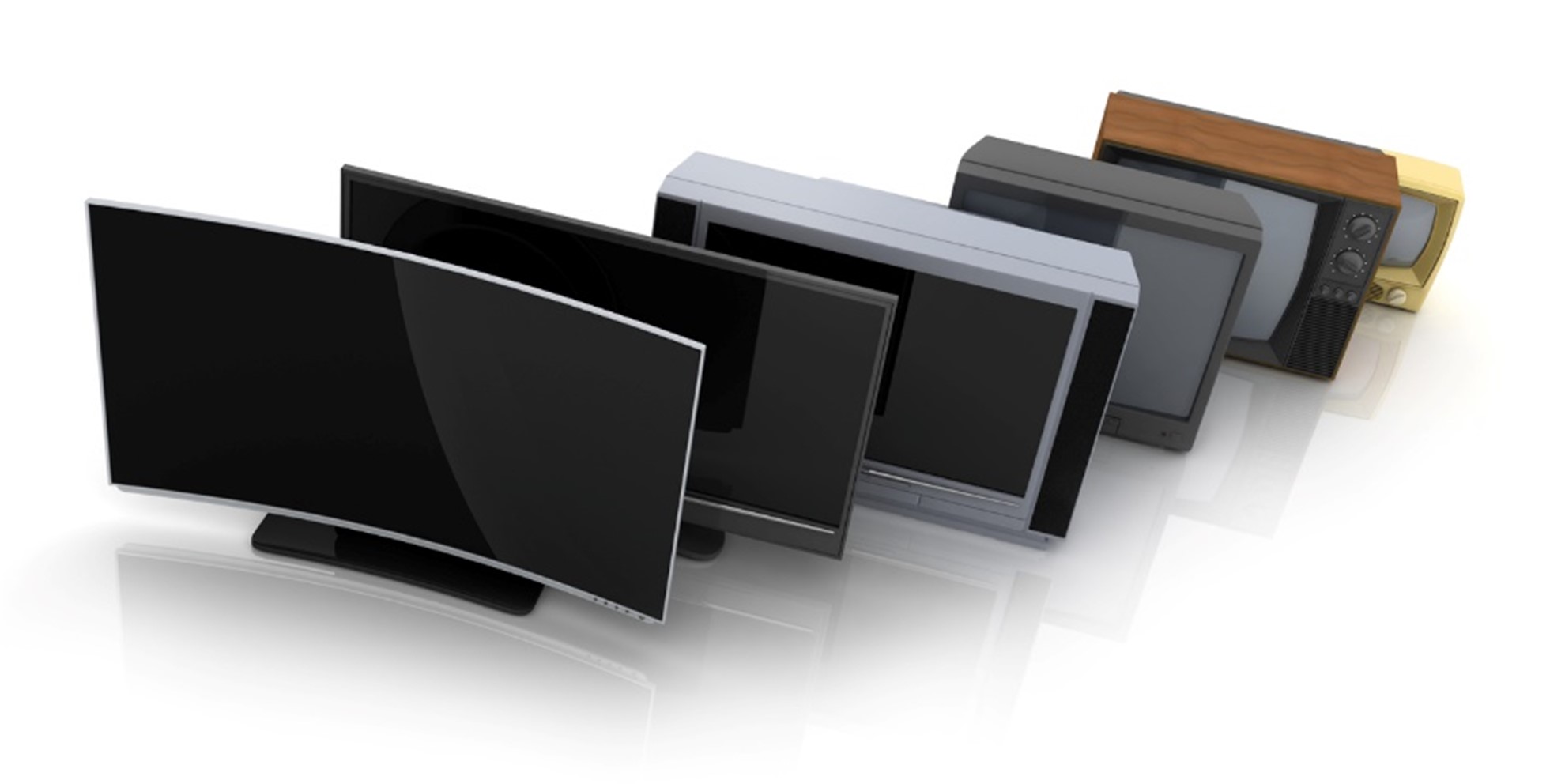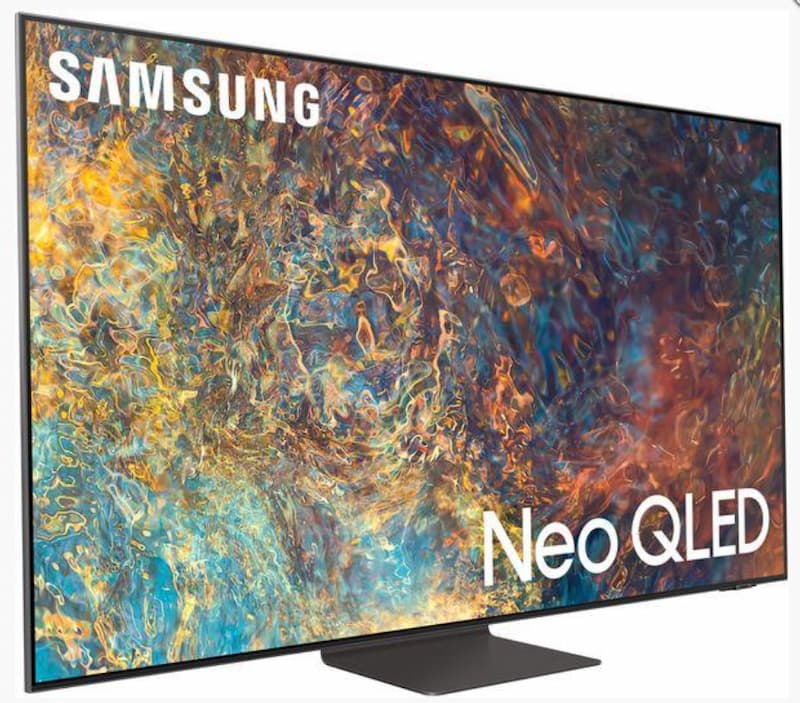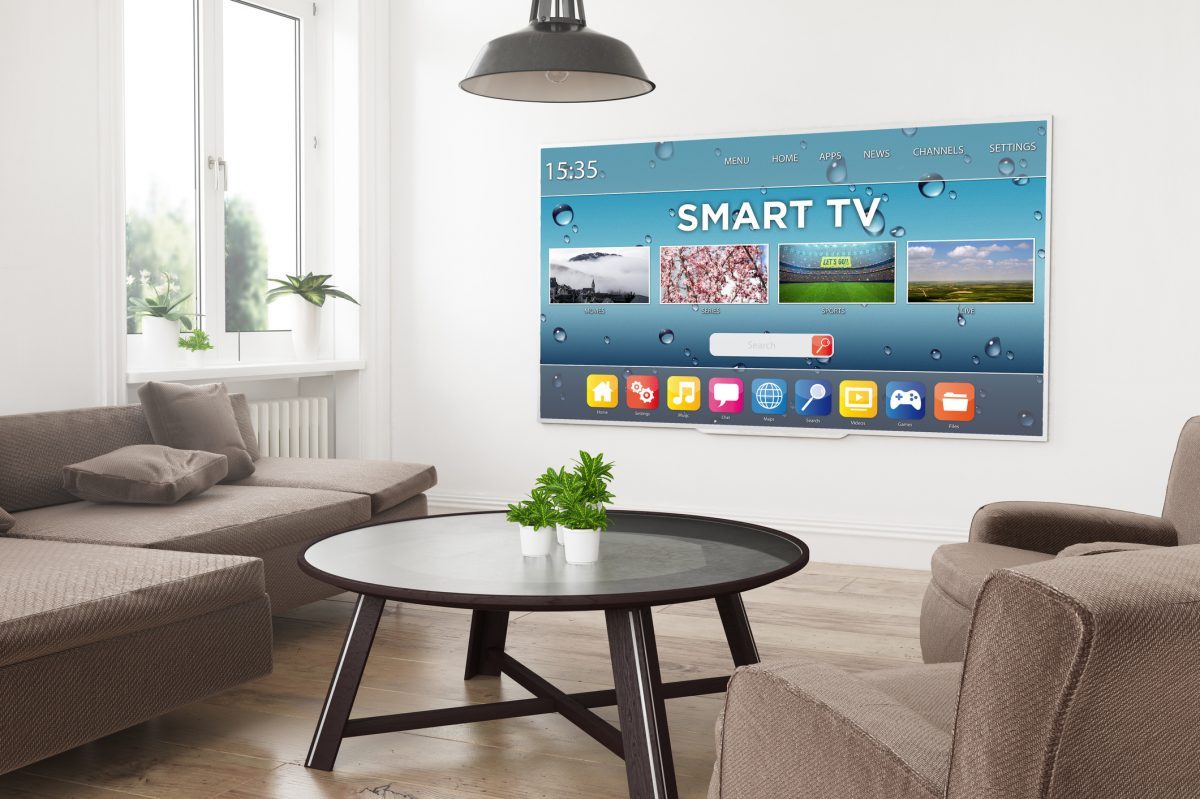LEDs have dominated the technology industries, particularly when it comes to display technology. LEDs are used in everything from computer screens to the latest televisions that are being brought out.
But what’s the difference between the LED technologies that are currently available on the market?
LED – Light Emitting Diode
An LED is a semiconductor that uses electricity and complex physics to emit light. Semiconductors are solids that have specific electrical characteristics. By adding certain impurities – additional elements that aren’t the same as the semiconductor – to the structure, different characteristics can be achieved.
When thinking of semiconductors, you need to know about two types; p-types and n-types. P-type semiconductors are ones that have an excess of holes – the easiest way to think about this is a positive charge – compared to electrons, and n-type semiconductors have an excess of electrons compared to holes.
When the two meet, there is a transition period where electrons can combine with the holes and produce light. This light has a specific wavelength that corresponds to a certain colour. This is known as a p-n junction, and that is exactly what an LED is – a p-n junction diode.
So, when electrical current passes through the terminals, this causes the electrons to combine with the holes, releasing energy in the form of light; this effect is known as electroluminescence. The most common types of LEDs that are available are red, blue, and green, making it perfect for displays for computers and televisions.
LEDs are much more efficient compared to their incandescent bulb predecessors present in cathode ray tube televisions, resulting in televisions becoming slimmer, more efficient, and brighter than ever before.
OLED – Organic Light Emitting Diode
OLEDs are incredibly similar to LEDs but the key difference is the word that precedes it – organic. In this case, organic means that the layer that emits the light is actually a film of an organic compound as opposed to the p-n junctions that were discussed previously.
The way OLEDs work is via the following principle; a cathode – negatively-charged electrode – and an anode – positively-charged electrode – are situated on a substrate with the organic materials located between them. The organic materials are then ionised by the electrodes, producing electrons and holes respective of where they are located within the structure.
When the holes and electrons are brought together due to electrostatic forces, they form an exciton, which is a bound state of an electron and a hole – imagine how an electron orbits a hydrogen nucleus. This exciton decays very quickly, resulting in the emission of radiation in the form of light.
This is unique compared to an LED because LEDs are used as a backlight for the television display, whereas OLEDs do not need the backlight, since the display itself can produce the light necessary. Because of this, OLEDs can be much thinner and lighter than LED TVs.
QLED – Quantum Dot Light Emitting Diode
The third type of LED technology was recently announced at the Consumer Electronics Show in January by Samsung. In physics, a quantum dot is an incredibly small semiconductor particle that can be deposited on another type of semiconductor. When this occurs, an energy difference occurs between the two substances, meaning that particles within the attached quantum dot must abide by quantum mechanical rules.
Older QLED technologies used LED backlights to produce light because one of the only effective ways of producing light from a quantum dot was via the excitation of an electron from the absorption of an incoming ray of light. However, as technology has developed, QLEDs now use electroluminescent particles to emit light directly to act as the display.
Another benefit of using QLEDs is that the wavelength of light that is emitted depends on the size of the quantum dot. For example, if the quantum dot were to be larger, the energy would be lower, which would result in redder light.
The structure of a QLED is very similar to an OLED but the main difference is that the light emitting components are quantum dots as opposed to organic compounds.
And there we have it; the main differences between the various LED technologies that are available on the market. Currently, OLED TVs lead the way with regards to popularity and efficiency but, when more research has been put into QLED TVs, we will start to see different results in the future.
We love everything television related, which is why we love teaching people about new technologies that come out. However, there are some that will always stay close to our heart. At Electronic World TV, we specialise in providing affordable televisions, from LED TVs to 4K TVs.
If you want to know more about what we can provide for you, then please contact us today on 0121 769 2623 and we will be more than happy to help.



